Kitchen Essentials On The Road
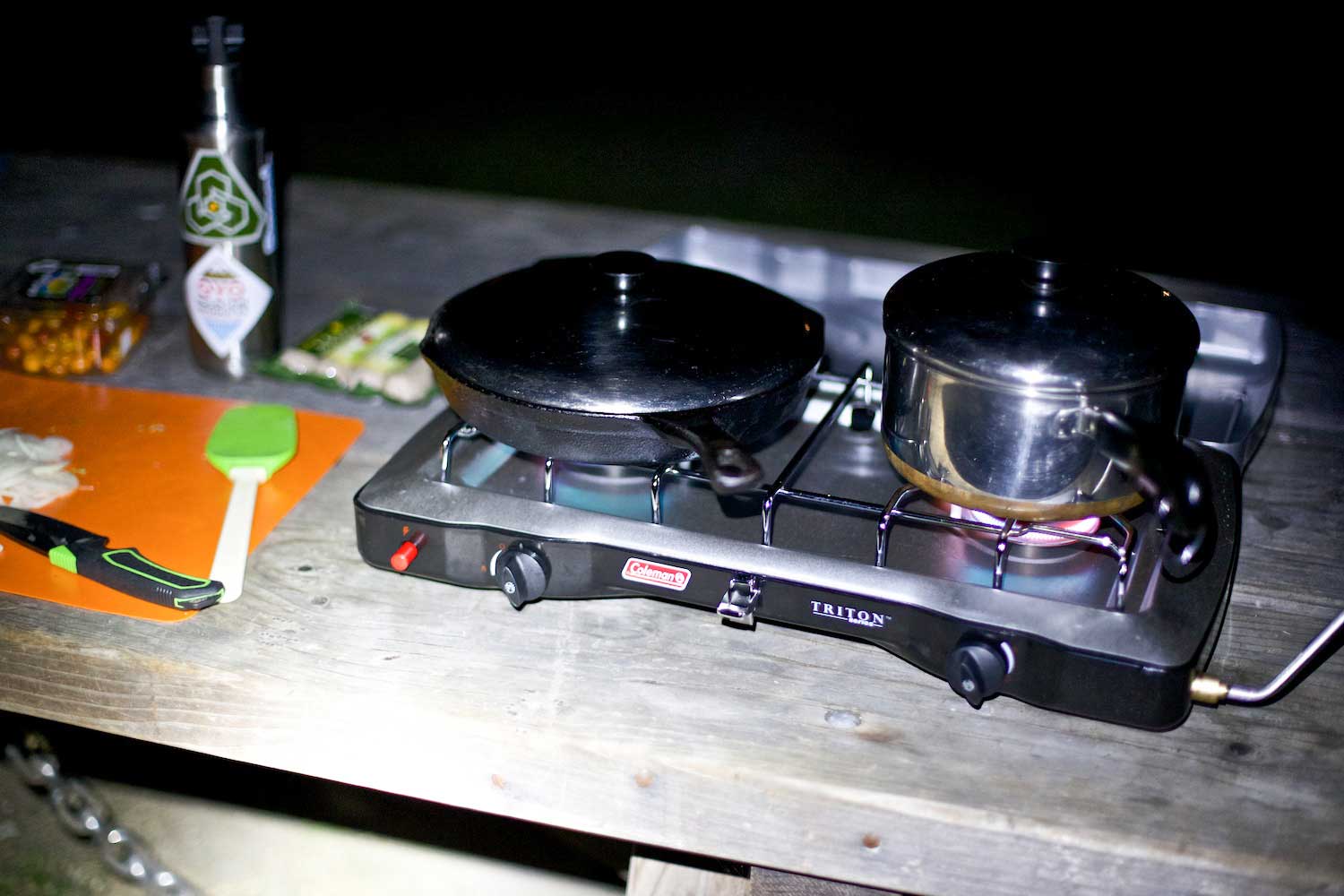
Kitchen Essentials On The Road
Gear to Get You Started
By Gale Straub
A great camp kitchen can raise your quality of life on the road. Easy cooking and fresh food often means a healthier diet, which contributes to overall stress levels while traveling and camping. Below you’ll find a guide full of basics to start stocking your kitchen. Keep in mind while reading this that everyone has different needs when it comes to dining, these are just suggestions to get you started.

To Keep Your Food Fresh:
Refrigerator
A 12Volt, energy efficient fridge & freezer keeps your mind off your food going bad on the road. She Explores recommends the ARB Fridge Freezer, as it saves money in the long run. (Spoiled food & bags of ice add up very quickly.)
Coolers
Alternatively, heavy duty coolers & ice can be a sufficient way to store food. The Yeti Cooler is known for being the most hardcore and keeping food fresh for days and lasts a long time. The Stanley is a cheaper alternative, but be prepared to spend more on ice as time goes on.
Camp Stoves
Two Burners
These simple camp stoves give the illusion of cooking at home. The Coleman Two Burner is a classic, no frills, affordable stove. It’s lightweight so you can use it in and out of your vehicle, just make sure to crack the door before igniting.
The Camp Chef 2 Burner with Griddle comes with a slightly higher price tag, but it’s larger and has a handle griddle for easy pancakes, grilled cheese, eggs to order…
Other Two-Burner options:
Single Burner/Backpacking
If you want to pack light, the Jetboil Flash Stove is a great alternative to the two burner. It doesn’t feel like cooking at home, but it boils water quickly and you can purchase attachments like fry-pans. Perfect for a solo traveler.
The BioLite Campstove is an energy efficient alternative to a Jetboil-like single burner. It’s powered by small sticks (no propane necessary) and can also be used to charge small electronic devices. Charge your phone and boil up some oatmeal at the same time! It’s heavier than a JetBoil so keep that in mind for backpacking.
Cooking Over Campfire
I wouldn’t recommend cooking over campfire all the time, but a Dutch Oven is great for simulating a real oven when you’re out camping.
A cast iron skillet can be placed directly on the grate over a fire.
Cookware
There are a lot of options for cookware. It’s best to keep in mind what you have at home when replicating (and downsizing) for the road. What do you normally like to cook? How much storage space will you have in your vehicle? Seek out pieces, like the Stanley Cook Set (right), that nest in order to save space.
Cast Iron is hefty, but it’s so nice to be able to cook full-size, indoors and out.
Some other options:
Tableware
Think plates, bowls, coffee mugs, and the like. Make sure they’re durable, lightweight, and compact. If you have stable storage space, you can take items you already own. Above all, take only what you need. Odds are you won’t be serving dinner for 8 on the road. Some options are shown below.
Accessories
Again, these are items you use at home and while camping: cooking knives (bring the knife you’re going to miss), cutting board, spatulas, can opener, cheese grater, kitchen scissors, corkscrew, bottle opener, french press…
Editor’s Note: This guide includes affiliate links, which help support She Explores. If you make a purchase through one of the links, She-Explores earns a small commission on the sale and the price of the product is not affected. This has not influenced the makeup of the gear selection below in anyway – a range of price points were selected in order to provide options and education.


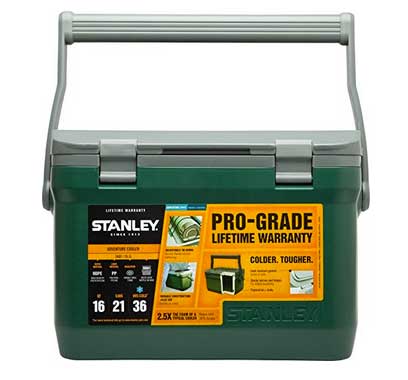

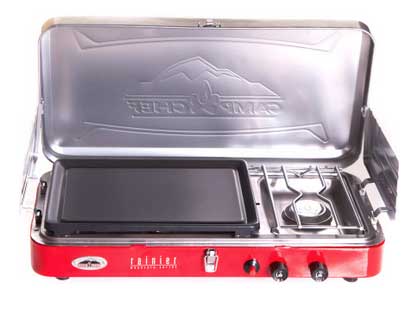
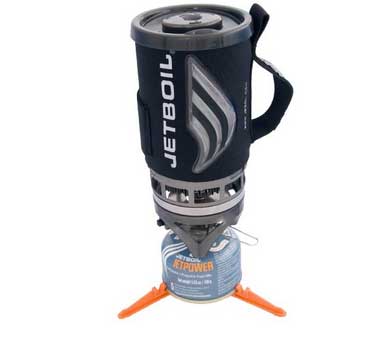
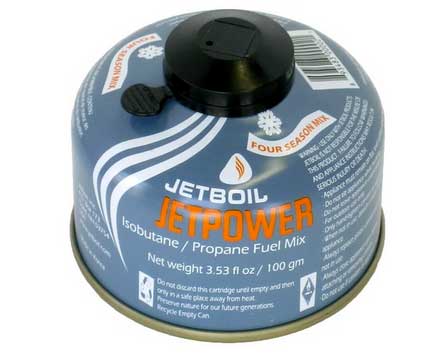
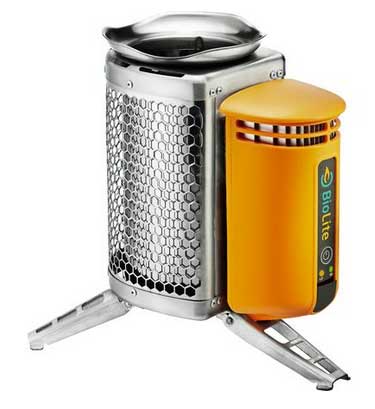
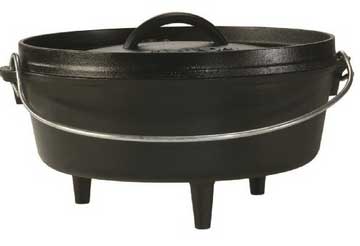
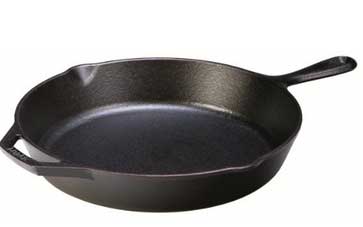
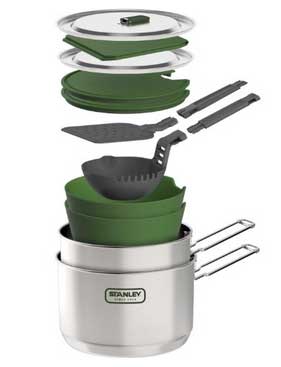
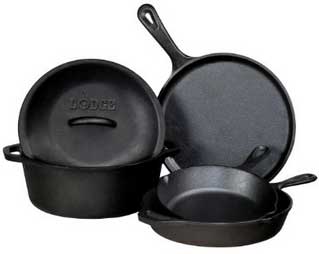
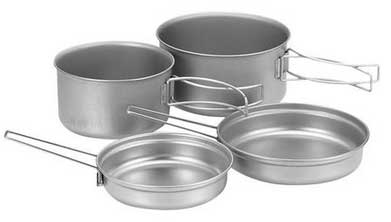


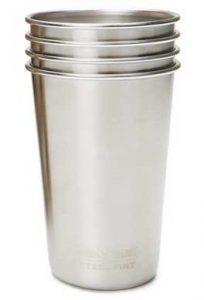

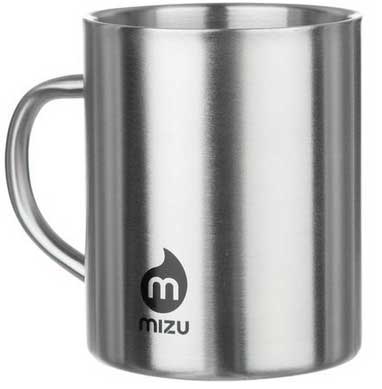
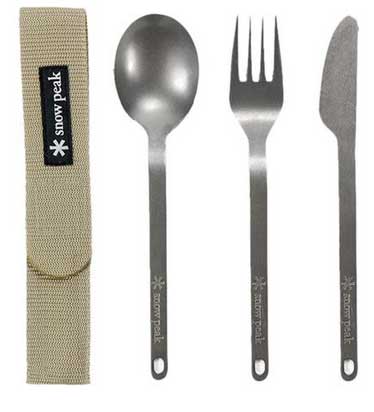
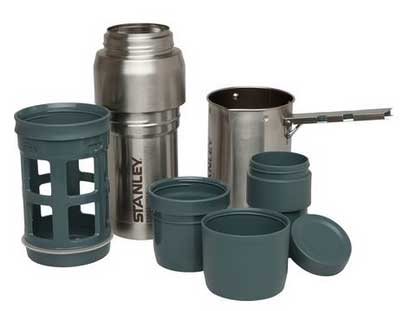
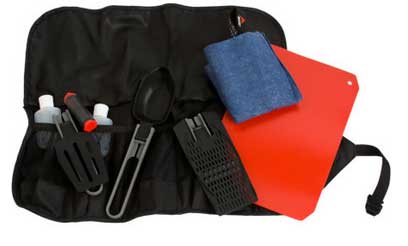
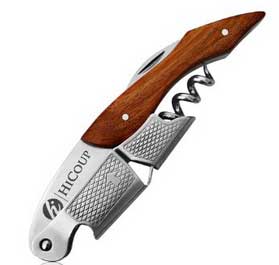
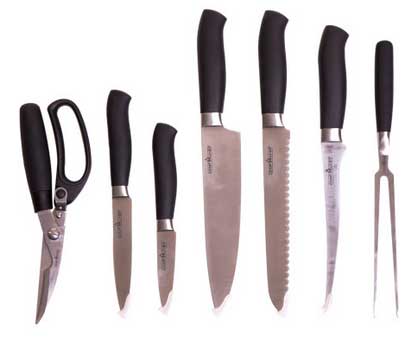
Be the first to comment